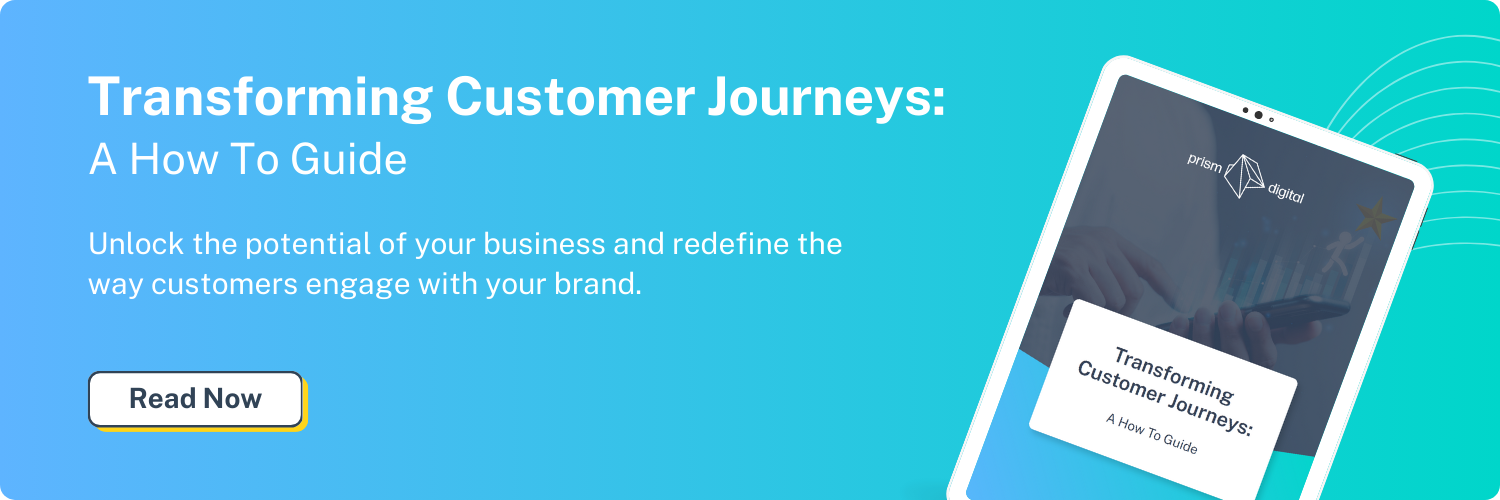Traditionally, running a marketing campaign churns up the same problems again and again: disconnected tools and channels make it challenging to measure results and the experience for your leads often feels disconnected. That's where inbound marketing comes in!
What is inbound marketing?
Unlike traditional marketing campaigns, inbound marketing campaigns are designed around one goal, across a variety of connected channels. According to Hubspot, “Inbound marketing is the idea of creating valuable content for your audience, with the goal of attracting customers who are interested in what you have to offer and then converting them into paying customers.”
Examples of inbound marketing include:
- Blogging
- Social media campaigns
- Ebooks
- Search engine optimization (SEO) for website text as well as viral videos and web-based seminars (webinars)
In its purest form, inbound marketing is a customer-centric approach to building awareness, trust and relationships with your audience. And as for using HubSpot? Well, HubSpot is the holy grail of inbound marketing. Using its tools, your team can align marketing and sales, offer highly-personalized messaging and make those all-important data-driven decisions.
How to design a thoughtful conversion path
A conversion path is a description, from your standpoint, of the steps taken by your website users towards a desired end. Implementing the right conversion path will effectively move website visitors smoothly through the buyer journey.
How to set a purpose and goal for your campaign
Let’s start simple by looking at the goals below. Which one is most aligned with your own?
- Promote a new product or service
- Increase brand awareness
- Gather customer feedback or content
- Drive leads
- Generate revenue.
- Boost user engagement
- Advertise an upcoming event
This is far from a definitive list, but it gives you an idea of general business goals an inbound marketing campaign could help reach.
How to brainstorm campaign ideas
High-quality content is a must if you want to maintain your audience or (better yet) attract new prospects. However, it’s not easy to simply come up with new and interesting content without much thought or research.
When planned well, brainstorming can be a fun and effective way of producing high-quality content topics for your inbound marketing. Here’s a look at how you can lead a slam-dunkin’ brainstorm session:
- Be open to new and unusual ideas—It doesn’t matter where you are or what you’re doing, ideas can come to you from your experience and your interaction with others. Why not start following companies you admire and see what conversations are happening online?
- Pull ideas from your team—It’s best to talk to members of your team who talk to customers on a regular basis. Structure the brainstorm so it’s easy for them to help, and the ideas will flow. A great way to prepare is to send a few prompts to your team members before the time of the meeting.
- Research using Google tools—You’d be missing a trick not to take full advantage of Google search predictions, where Google’s autocomplete feature automatically adds words to the search you enter. For example, if you type the phrase “web designer” into the search tab and Google automatically adds the word “cost.” This is a good way to come up with content ideas that you never thought of before. You can also use Google Trends to see what terms are searched for at different times of the year in different locations. Comparing terms this way, and seeing what terms generate higher numbers of searches, may help you develop ideas for content people will search for.
- Hear it from the horse's mouth—Thanks to social media, you have a direct line to your customers. Try posting questions to followers and allow them to use the platform to make comments or leave a message. This will allow you to post blogs that are specific to your buyer persona, and focus your spending on content or blog posts that work.
- Draw ideas from FAQs—Consider your website’s "Frequently Asked Questions," a useful resource that can be a content creation source. Perhaps, from each question, you could create a single topic or multiple topics that address specific aspects of an issue in greater detail.
Distributing your marketing campaign
Getting the most value from your marketing campaign means making it accessible to as many people as possible. If you want the most sales, sign ups, or entries, you have to spread your message and choose the channels on which you’ll run your campaign. This choice depends on your audience preference, budget, and brand engagement levels. Take a look at the current media channels you use to promote your company:
- Which ones perform the best?
- Which ones allow you to pay for advertisements?
- Which ones have the best engagement?
- Most importantly, where are your customers hanging out?
Most companies do not have a large built-in audience, so they must find other means to promote their content. A simple way to categorize these channels is paid, earned, shared, and owned (PESO).
Tips for reporting and measuring your campaign
This will look different for everyone, and depends on the channels you're leveraging and your end goal. You might measure email open rates, new Facebook likes, or product pre-orders. You can also track a combination of several helpful metrics. Here are a few examples:
- For promoting a new product or service: Pre-orders, sales, and upsells.
- For increasing brand awareness: Sentiment, social mentions, and press mentions.
- For gathering customer feedback or content: Social mentions and engagement.
- For generating revenue: Leads, sales, and upsells.
- For boosting user engagement: Blog shares, social shares, and email interactions.
- For advertising an upcoming event: Ticket sales, vendor or entertainment bookings, and social mentions.
HubSpot Marketing Hub implementation
HubSpot is a powerful inbound marketing platform, especially when you know how to get the most out of it. With Marketing Hub, all your marketing tools and data are on one easy-to-use, powerful platform. You’ll save valuable time and get all the context you need to to help you attract the right audience, convert more visitors into customers, and run complete inbound marketing campaigns at scale.
Here at Prism, we are a HubSpot partner agency, meaning we are certified HubSpot specialists who are trained in the CRM platform and HubSpot software hubs. Due to our team’s breadth of knowledge, we can advise your company on the platform's best practices and provide you with a bunch of recommendations that will set you up for inbound marketing success.
Why not schedule a call with us today?
.png?width=200&height=73&name=Logo(1).png)


